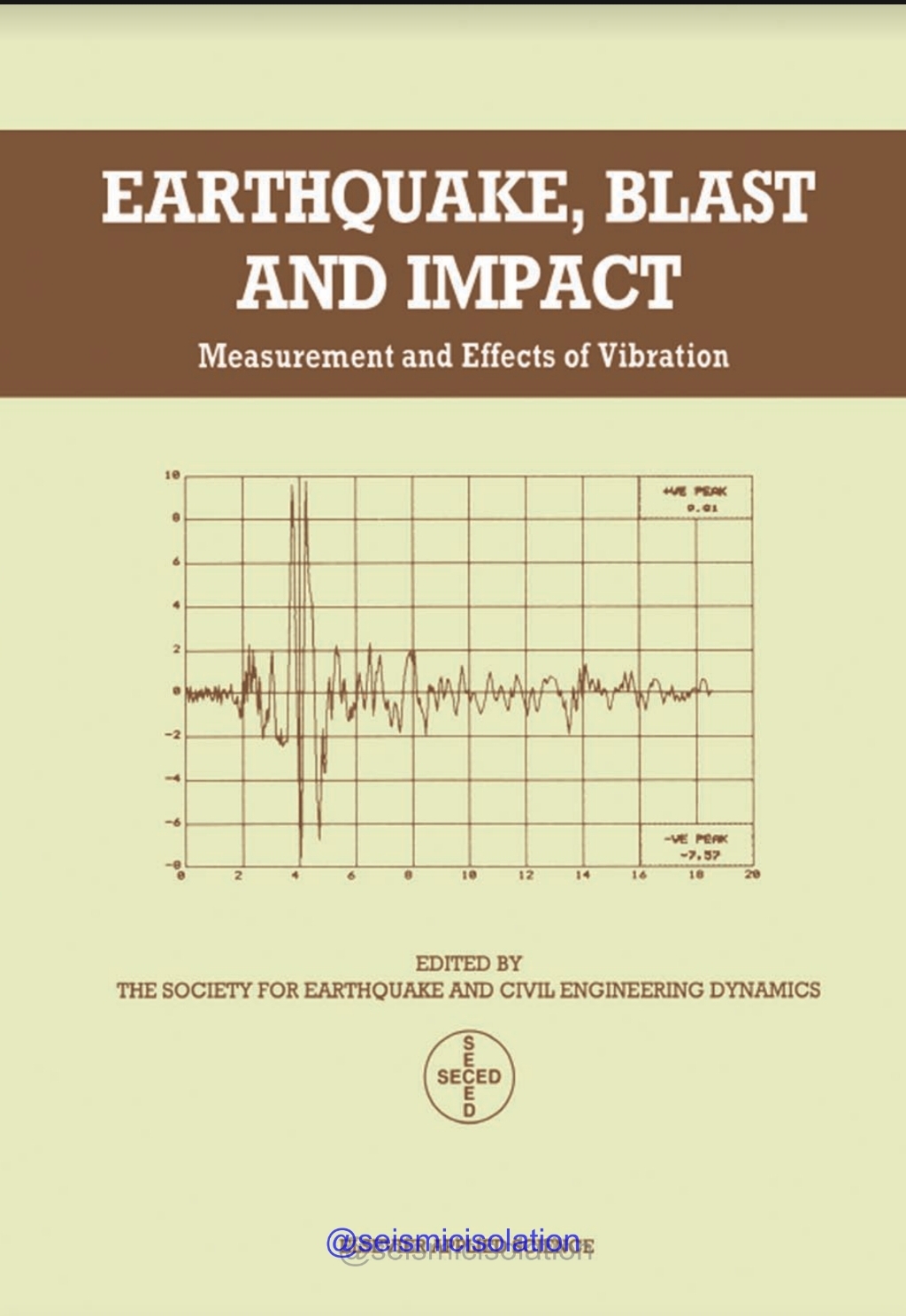EARTHQUAKE, BLAST AND IMPACT Measurement and Effects of Vibration
The ordinary Monday afternoon tranquillity of seismologists around Britain was rudely interrupted on 2 April 1990 by the Bishop’s Castle earthquake, epicentred near the village of Clun in Shropshire, with its sweeping instrumental registrations and ample intensity observations. Ritchie et al. [1] reported a hypocentral location at 52.434°N -3.035°W, depth 14.3 km, and magnitude 5.1ML; they ascribed a maximum epicentral intensity of 6MSK.
Other, preliminary instrumental magnitude measurements for this event were 4.22 ±0.27 Mg and 5.45 Mw, [2]; as far as is known, no authoritative felt-area magnitude assessment has yet been published but a tentative estimate using the approximate radius of the isoseismal III in [1] and the PML (1982) relationship [3] suggests a felt-area magnitude in the range 4.5 to 4.8 Msa. A discussion of the differences between these magnitude estimates is outside the scope of this paper.
The earthquake was felt at Intensity HI or 111+ in the region of north Somerset where Nuclear Electric pic operate their Hinkley Point microseismic network, and was also reputedly felt as far south and east as Canterbury in Kent, not far from the Dungeness network. An approximate estimate of ground acceleration corresponding to intensity may be found from the standard Murphy-O’Brien formula
DOWNLOAD :- HERE
